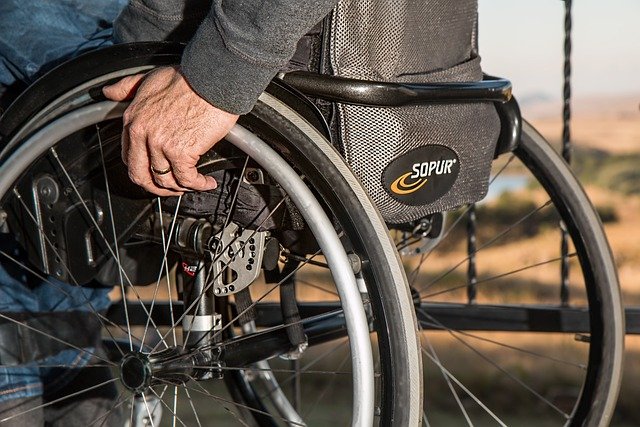Electric Wheelchairs: Enhancing Mobility and Independence
Electric wheelchairs have revolutionized mobility for individuals with disabilities or limited physical abilities. These power-driven devices offer increased independence, comfort, and accessibility, allowing users to navigate various environments with greater ease. As technology advances, electric wheelchairs continue to evolve, providing more features and capabilities to improve the quality of life for those who rely on them.

What are the benefits of using an electric wheelchair?
Electric wheelchairs offer numerous advantages over manual wheelchairs, particularly for individuals with limited upper body strength or endurance. They reduce physical strain on the user, allowing for longer periods of independent mobility. Electric wheelchairs also provide greater maneuverability in tight spaces and can handle various terrains, including inclines and outdoor surfaces. Additionally, many models offer customizable seating options and adjustable features to enhance comfort and support.
Who can benefit from an electric wheelchair?
Electric wheelchairs are suitable for a wide range of individuals with mobility challenges. This includes people with spinal cord injuries, muscular dystrophy, multiple sclerosis, cerebral palsy, and other conditions that affect mobility. Elderly individuals who struggle with manual wheelchair propulsion or tire easily may also find electric wheelchairs beneficial. Healthcare professionals can assess an individual’s needs and recommend the most appropriate type of electric wheelchair based on their specific requirements and lifestyle.
What features should one consider when choosing an electric wheelchair?
When selecting an electric wheelchair, several key features should be taken into account:
-
Battery life and range
-
Weight capacity
-
Turning radius and maneuverability
-
Seat comfort and adjustability
-
Control options (joystick, head control, sip-and-puff systems)
-
Indoor vs. outdoor use capabilities
-
Portability and foldability for transport
-
Customization options for specific needs
How do electric wheelchairs improve accessibility?
Electric wheelchairs play a crucial role in improving accessibility for individuals with mobility challenges. They enable users to navigate various environments more easily, including homes, workplaces, and public spaces. Many electric wheelchairs can climb curbs, traverse uneven terrain, and fit through standard doorways, enhancing overall accessibility. Additionally, some models offer features like seat elevation, which allows users to reach higher shelves or countertops, further promoting independence and accessibility in daily activities.
What are the costs associated with electric wheelchairs?
Electric wheelchairs vary widely in price, depending on their features, capabilities, and customization options. Basic models may start around $1,500, while high-end, custom-fitted power wheelchairs can cost upwards of $30,000. Here’s a comparison of some common electric wheelchair options:
| Product | Provider | Cost Estimation |
|---|---|---|
| Jazzy Select | Pride Mobility | $2,000 - $3,500 |
| Quickie Q700 M | Sunrise Medical | $8,000 - $15,000 |
| Permobil F3 | Permobil | $15,000 - $25,000 |
| Invacare TDX SP2 | Invacare | $6,000 - $12,000 |
| Hoveround MPV5 | Hoveround | $3,000 - $5,000 |
Prices, rates, or cost estimates mentioned in this article are based on the latest available information but may change over time. Independent research is advised before making financial decisions.
It’s important to note that many insurance plans, including Medicare and Medicaid, may cover part or all of the cost of an electric wheelchair when prescribed by a physician. Additionally, various organizations and charities offer financial assistance programs for those in need of mobility devices.
In conclusion, electric wheelchairs have significantly improved mobility and independence for individuals with disabilities. By offering enhanced maneuverability, comfort, and accessibility features, these devices enable users to participate more fully in daily activities and navigate various environments with greater ease. As technology continues to advance, we can expect further innovations in electric wheelchair design, potentially leading to even more sophisticated and user-friendly mobility solutions in the future.
This article is for informational purposes only and should not be considered medical advice. Please consult a qualified healthcare professional for personalized guidance and treatment.






